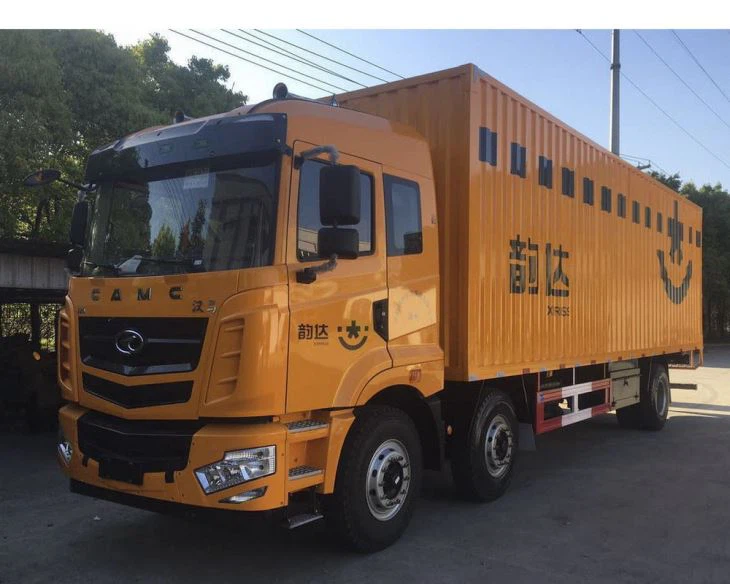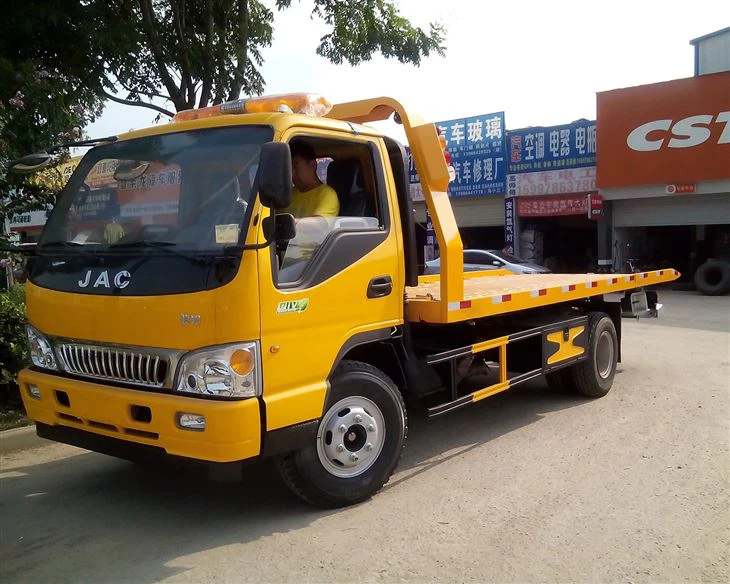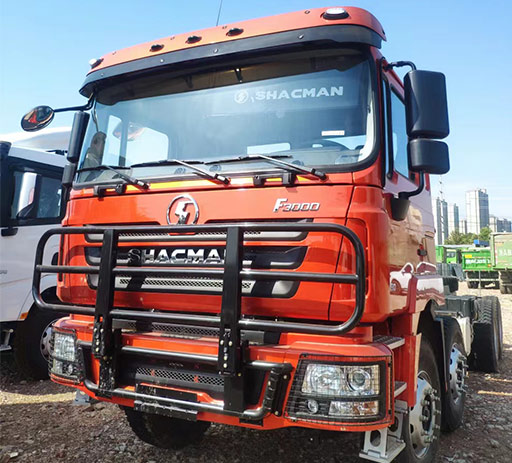Understanding the Roll Off Body: A Comprehensive Guide

The roll off body is a vital component in the waste management and transportation industry. This article dives deep into its features, benefits, and operational uses, ensuring that you gain a detailed understanding of this important utility. From basic definitions to advanced applications, we cover it all, allowing you to appreciate the role of roll off bodies in modern logistics.
What is a Roll Off Body?
A roll off body, also known as a roll-off container, is a large, open-top container designed for hauling and transporting various types of waste. These containers are typically mounted on heavy trucks equipped with specialized hoisting mechanisms that enable them to roll off and roll on easily, making waste collection and disposal streamlined and efficient.
History of Roll Off Bodies
The concept of roll-off containers emerged in the mid-20th century, as urbanization increased the need for efficient waste management systems. Initially designed for construction debris, roll off bodies have now expanded to handle various waste types, including residential, commercial, and industrial waste.

How Roll Off Bodies Work
The roll off body’s design allows for quick loading and unloading. Trucks equipped with roll-off systems can lift the container from ground level, allowing for easy drop-off at specified locations. Here’s how the process typically works:
- Delivery: The truck brings the empty roll off container to the desired site.
- Loading: Waste is loaded into the container.
- Hauling: Once filled, the truck rolls the container onto the chassis for transportation to a waste disposal facility.
- Disposal: After reaching the facility, the container is rolled off for unloading.
Key Features of Roll Off Bodies
Understanding the key features of roll-off bodies can help you appreciate their importance in the waste management landscape. Here are the essential characteristics:
1. Size and Capacity
Roll off bodies come in various sizes, typically ranging from 10 to 40 cubic yards. The size selected depends on the volume of waste being handled:
| Container Size (Cubic Yards) | Typical Uses |
|---|---|
| 10 | Small renovations, cleanouts |
| 20 | Home remodeling, landscaping projects |
| 30 | Construction projects, large cleanouts |
| 40 | Heavy construction and demolition debris |
2. Construction Materials
Roll off containers are commonly constructed from durable materials such as steel or aluminum, ensuring they can hold up under heavy loads and resist environmental factors.
3. Accessibility Features
Many roll off bodies come equipped with features that enhance accessibility, including:
- Rear Swing Doors: Allow easy access for loading and unloading.
- Ability to Stack: Some containers can be stacked when empty to save space.

Applications of Roll Off Bodies
Roll off bodies have diverse applications across various industries. Let’s explore some of the primary uses:

1. Construction Projects
In the construction industry, roll off containers are essential for disposing of debris, scrap materials, and other construction waste. They keep job sites organized and safe.
2. Residential Cleanup
For homeowners engaged in demolition or major renovations, roll off bodies provide a convenient way to manage waste. They can be delivered and picked up at specified times, providing flexibility during projects.
3. Landscaping and Yard Waste
Roll off containers are fantastic for handling yard waste, including branches, leaves, and soil. Landscaping businesses often use them to facilitate timely cleanups post-projects.
4. Industrial Waste Management
Industries generating large volumes of waste can benefit from roll off containers designed for handling hazardous materials or recyclable waste. Specialized containers are often used to comply with safety regulations.
Benefits of Using Roll Off Bodies
The adoption of roll off bodies in waste management comes with numerous benefits:
1. Efficiency
Roll off containers allow for quick waste disposal, minimizing downtime on construction and industrial sites.
2. Cost-Effective
Utilizing roll off bodies can reduce labor costs associated with handling waste, as loads can be collected and transported in bulk.
3. Environmental Compliance
Many roll off services ensure that waste is separated correctly and disposed of at the appropriate facilities, supporting local recycling efforts and adhering to environmental regulations.
4. Safety
By keeping waste contained in a designated location, roll off bodies help keep job sites safer and more organized, reducing the risk of accidents caused by litter.
Choosing the Right Roll Off Body
Selecting an appropriate roll off body requires careful consideration of various factors:
1. Type of Waste
Understand the nature of the waste you will be managing. Some materials, such as hazardous waste, may require specialized roll off containers.
2. Volume of Waste
Assess the expected volume of waste to determine the size of the roll off body needed for effective management.
3. Duration of Rental
Consider how long you will need the roll off body. Most providers offer flexible rental options, but understanding your timeline can help prevent unexpected costs.
4. Local Regulations
Research local regulations regarding waste disposal and ensure that the roll off service you select complies with all requirements.
Tips for Efficient Roll Off Body Use
1. Plan Ahead
Before scheduling a roll off container, outline your project timeline and waste-producing activities to ensure efficient use.
2. Organize Waste Properly
Sort waste materials ahead of time to facilitate easier disposal and recycling where possible.
3. Keep Containers Accessible
Ensure that the roll off body is positioned in a location that is easy for the truck to access for pickup, preventing delays in service.
4. Follow Weight Limits
Be aware of weight limits for your selected roll off body and avoid overloading it, which can lead to additional fees or safety issues.
FAQ about Roll Off Bodies
1. What are the typical sizes of roll off containers?
The standard sizes range from 10 to 40 cubic yards, depending on the volume of waste you need to manage.
2. How do I arrange for a roll off body rental?
Contact a local waste management provider to schedule delivery, providing information about the project and waste type.
3. Can I place hazardous materials in a roll off container?
Generally, hazardous materials require specialized containers. Always check with your provider about specific requirements.
4. How long can I keep a roll off container?
Rental durations vary based on the service provider, so confirm the terms during your initial rental agreement.
5. Are roll off bodies reusable?
Yes, roll off containers are reusable and are often cleaned and refurbished between rentals.
6. What happens to the waste once it’s collected?
The waste is taken to designated disposal or recycling facilities, and proper separation is ensured according to local regulations.
